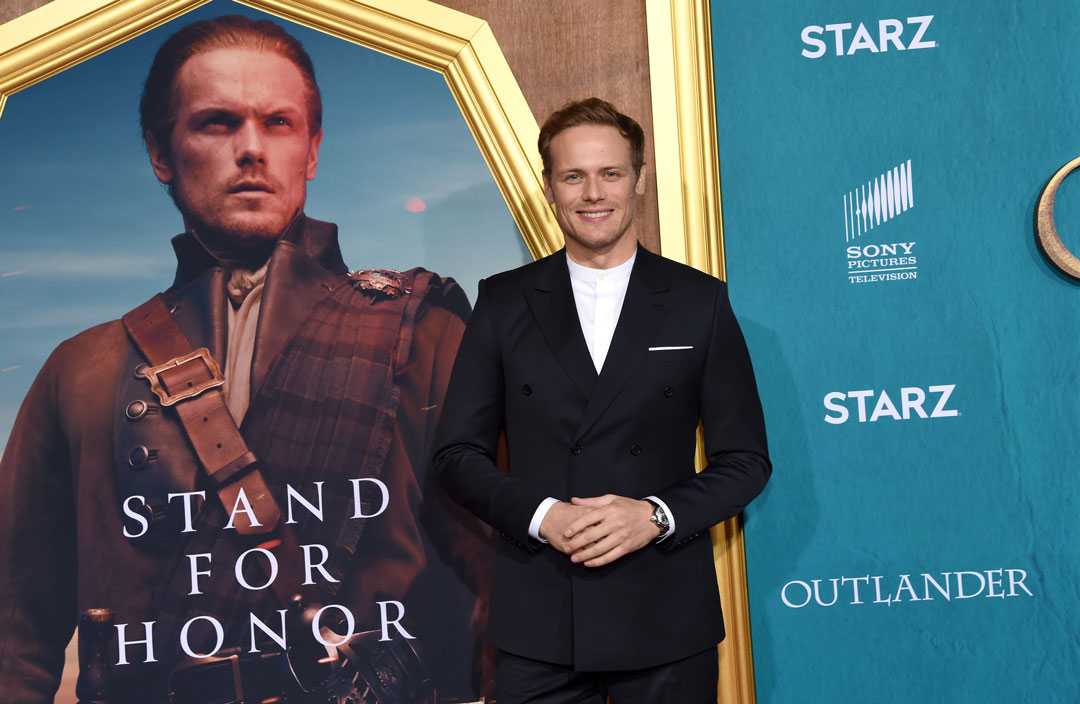ChamSys takes lead role on Outlander
- Details

Towler, of Nineteen Sixtyone began working on Outlander when it debuted in 2013 at the invitation of its HOD gaffer Scott Napie and has been with the programme for all six seasons since. In that time, the show has made a major transition from tungsten and HMI heavy lighting into a rig consisting mostly of LED fixtures.
“Things change, and as technology has advanced, the lighting has transitioned dramatically,” saysTowler. “The biggest surprise to me was how quickly the show embraced LED & wireless DMX. To give you an idea of how dramatically things changed, we started season 1 with eight universes of DMX for the studio (controlling mostly tungsten & fluorescent). We ended season 6 with 180 universes of DMX in the studio and 12 Universes of wireless DMX.
“The transition to pixelated LED fixtures and wireless DMX has created the tool kit the DOP always dreamed of,” continues Towler. “However, it’s also introduced new issues of how to control all the different types of fixtures, with each manufacturer taking different approaches to control and colour spaces. My biggest challenge as programmer/console operator is to ensure that as these changes have taken place, there are always as many options available to the DOP in the shortest time possible.”
Helping Towler navigate is way through these changes, along with the other challenges involved in lighting a programme that takes place in varied locations, are his own ChamSys MagicQ MQ500M console and Playback Wing. (Outlander also carries two MagicQ MQ100 units supplied by Panalux for some filming sites as well as a QuickQ 30 and QuickQ 20, owned by the gaffer for smaller locations and camera tests.)
“Thanks to the high (256) universe count on the ChamSys MQ500M, I was able to make the decision to use all fixtures in 16-bit and Pixel control modes,” said Towler. “This gave the DOP and Gaffer the ability to run effects on any fixture at a moment’s notice without needing to repatch or change modes, which saves time, something you are always short on with a program like this. By the end of filming, we had amassed a total of 180 Art-Net universes used.
“I should also add that not having to worry about parameter counts, means I don’t have to take a conservative approach to the lighting control,” he continues. “Everybody knows sets get added and the lighting rig grows constantly. So, it’s a relief to know I can always accommodate.”
All of the floor lighting kit is controlled using wireless DMX (LumenRadio CRMX). With the large selection of floor lamps pixelated, Towler had to up the wireless universe count to 12, which he anticipates increasing as the program continues.
Almost all programming for Outlander, including effects, is done only minutes before the camera turns over, noted Towler, who states: “The speed at which I am able to work, and the flexibility within MagicQ, is why I am a loyal ChamSys user.”
















